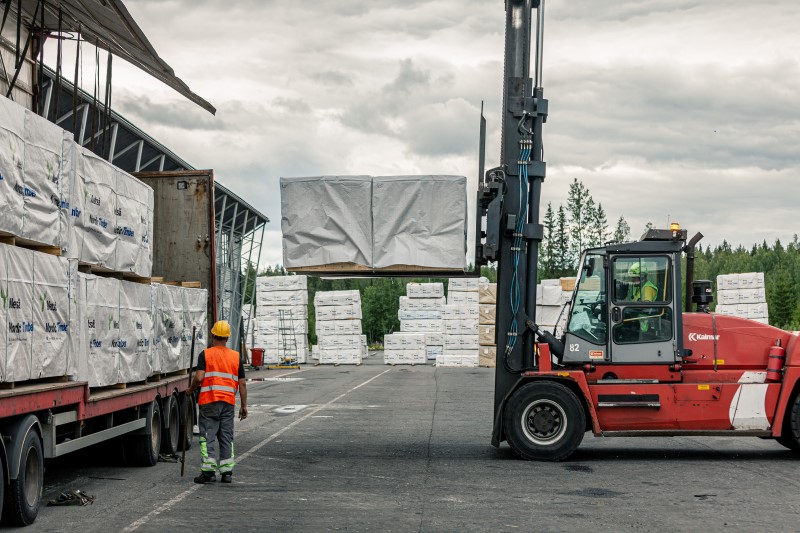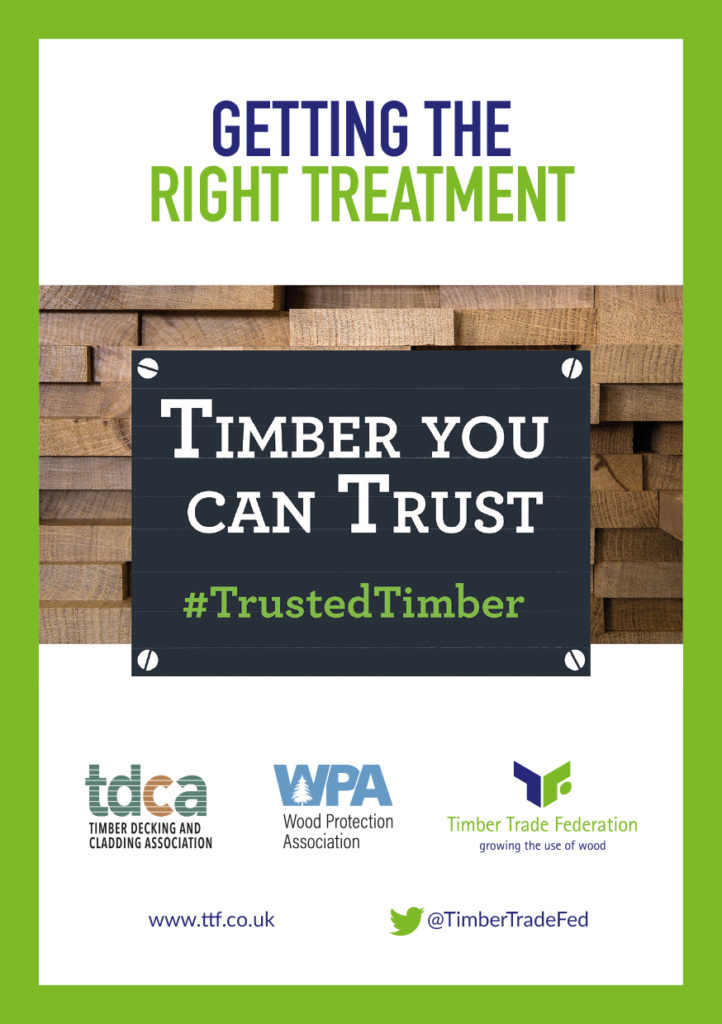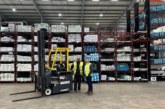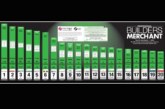
Since the beginning of the year, timber suppliers have had to perform some interesting manoeuvres to keep the post-Brexit trade stable. David Hopkins, Chief Executive of the Timber Trade Federation, explains.
Imagine the business equivalent of combining the moves from TV’s dance shows Strictly Come Dancing and Dancing on Ice and you’ll understand the ‘fancy footwork’ around customs documentation, additional due diligence, haulage and trading with Northern Ireland that supplier members of the TTF have had to perform since 1 January, in order to keep the post-Brexit trade flowing.
Add to this the announcement of a new voluntary, but morally obligatory, Code for Construction Products Information, which will start rolling out from this June, and one can’t help one’s inner juke box starting to play the theme tune to the murder mystery series Jonathan Creek — composer Saint-Saëns’ Danse Macabre.
But to create a firm future, your partners in the timber supply chain — from forest to port and UK distribution centres — have been planning their routines to maintain supplies this year. With global demand for wood still at its highest-ever level, however, supply is likely to remain tight throughout 2021.
The problems last year were not so much related to the availability of timber products: the amount of timber arriving in the UK during 2020 was not that far short of the level of imports in 2019. It was the unprecedented demand in the merchant sector stimulated by the various lockdowns, coupled with pandemic-hit mills, globally high demand for timber products, and the prices which other markets were prepared to pay to assure supplies.
Major housebuilders, who procure supplies direct, fared better since they had the advantage of longer-term supply contracts. Merchants have now seen the difficulties that shorter-term purchasing strategies can cause when supplies are limited, and are now in much closer dialogue with suppliers.
The end of the transition period has brought some additional problems in its wake, but many timber suppliers had planned ahead for the first quarter of this year so have been in a better position for continuing trade flows. Problems that have occurred relate to the choreography of form-filling. An example causing some confusion has been whether or not phytosanitary certificates are needed for certain products, where there has been a difference in interpretation between central advice issued by government and consistency in its application by those admitting products into the UK.
Another aspect affecting some areas of timber, and particularly panel products, is the Northern Ireland Protocol, which has a set of different documentary challenges of its own. New due diligence checks under UKTR are also taking additional administration and attention, though anyone with problems can head to the TTF’s Brexit Hub web pages (https://ttf.co.uk/brexit-and-the-timber-industry/) where we are summarising emerging situations and providing up-to-date guidance.
With haulage associations saying that time taken in customs checks at borders has increased, and, at the other end of the supply chain, the Construction Products Association estimating that construction output could rise by 14% this year, it seems that patience is a virtue that we will all have to cultivate.
The TTF maintains a constant dialogue with the Office for Product Safety & Standards on matters relating to due diligence, and we are working our way through the requirements of the new voluntary Code of Construction Product Information. Our aim is to keep both our members and their markets as well informed as is possible when it comes to creating a firm future for building with timber in Britain.
For more information and news from the Timber Trade Federation, go to https://ttf.co.uk/merchants/
The Timber Trade Federation and Wood Protection Association are mounting a major awareness campaign promoting the provision of accurate and specific information about treated timber. New leaflets and a poster demystifying treated timber and its applications will be available to merchants from 1 April as part of a major awareness campaign being staged by the TTF and WPA, supported by the Timber Decking & Cladding Association. Other educational resources include a new training presentation and webinar whilst TTF members will also, from 1 April, be highlighting the Use Class applications for any treated timber products they supply. Information will be detailed on documentation such as sales and delivery notes and invoices. David Hopkins, TTF CEO, said: “It’s essential that the sector’s customers throughout the supply chain have accurate information detailing the purposes for which the treated timber they are buying can be used. The Code for Construction Product Information, which begins its roll-out from June, although voluntary at present, obliges companies providing information about construction products to ensure their information is clear and unambiguous. “Timber Trade Federation members are getting ahead of the curve when it comes to timber treatments, better enabling merchants to make sure that they in turn are selling fit for purpose products.” Gordon Ewbank, CEO of the Wood Protection Association, added: “Non-specific terms such as ‘green treated’ will no longer be acceptable in a post-Grenfell world where the accuracy of construction product information is essential. With the participation of TTF members and the bank of resources available, there should be no difficulty for merchants in identifying which timber has been treated for which end use application.” The new leaflet, ‘Getting the treatment right’, unfolds to provide an A3 poster which merchants can display in-branch to help customers identify more accurately their end use applications, and thus define the level of treatment necessary. It will be distributed through TTF partners such as the NMBS, and will be available from the TTF and WPA websites, ttf.co.uk and thewpa.org.uk









